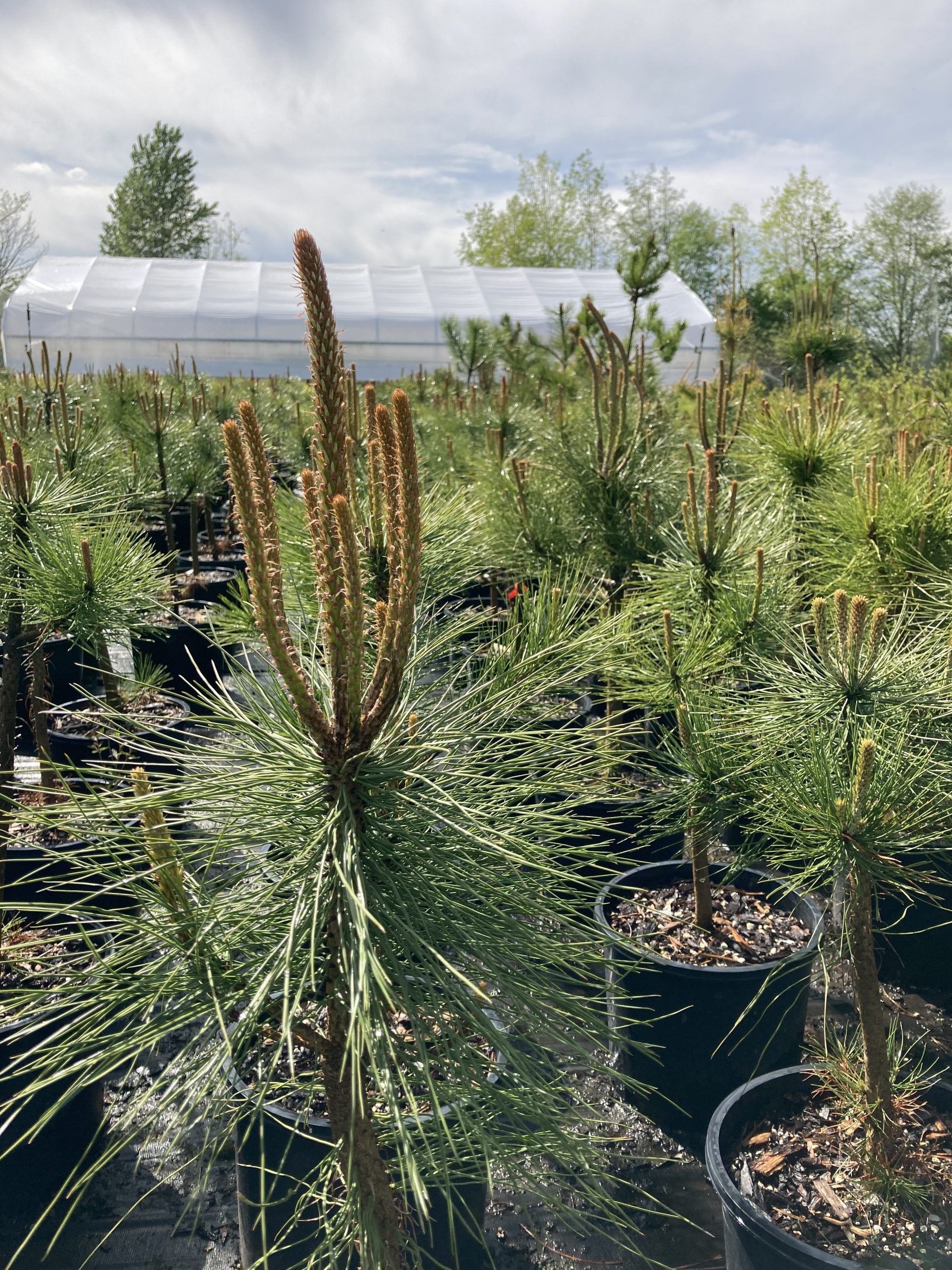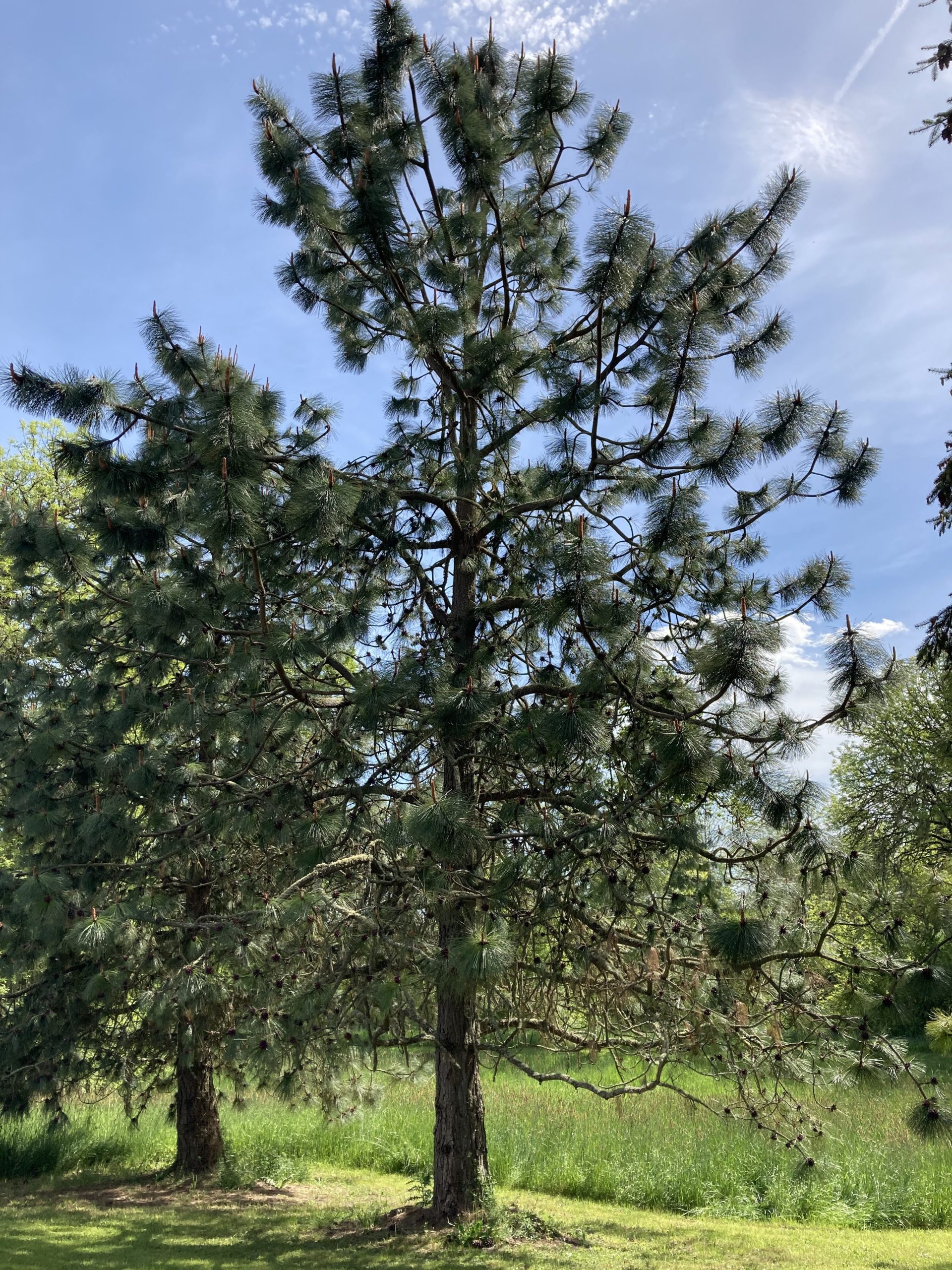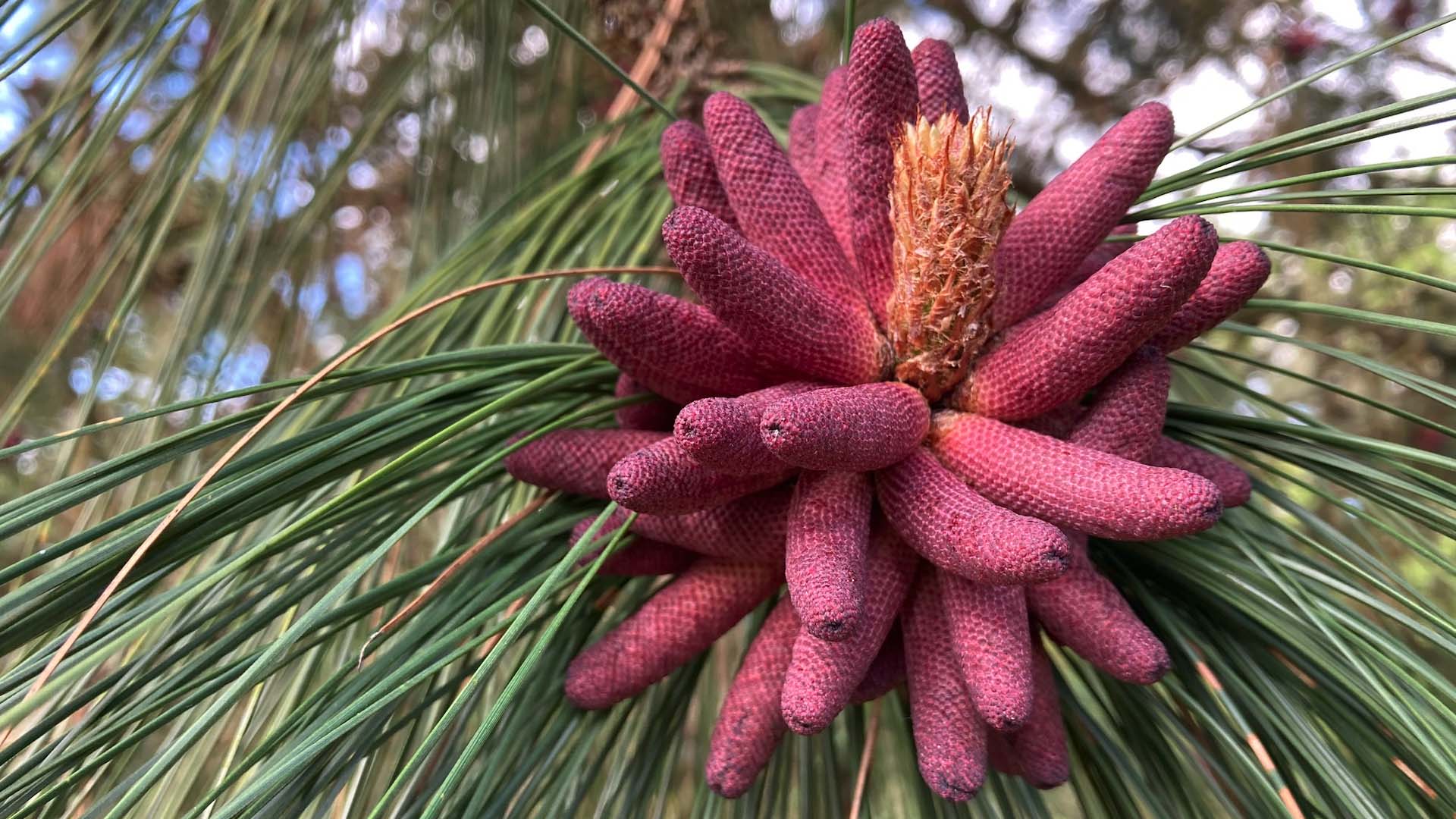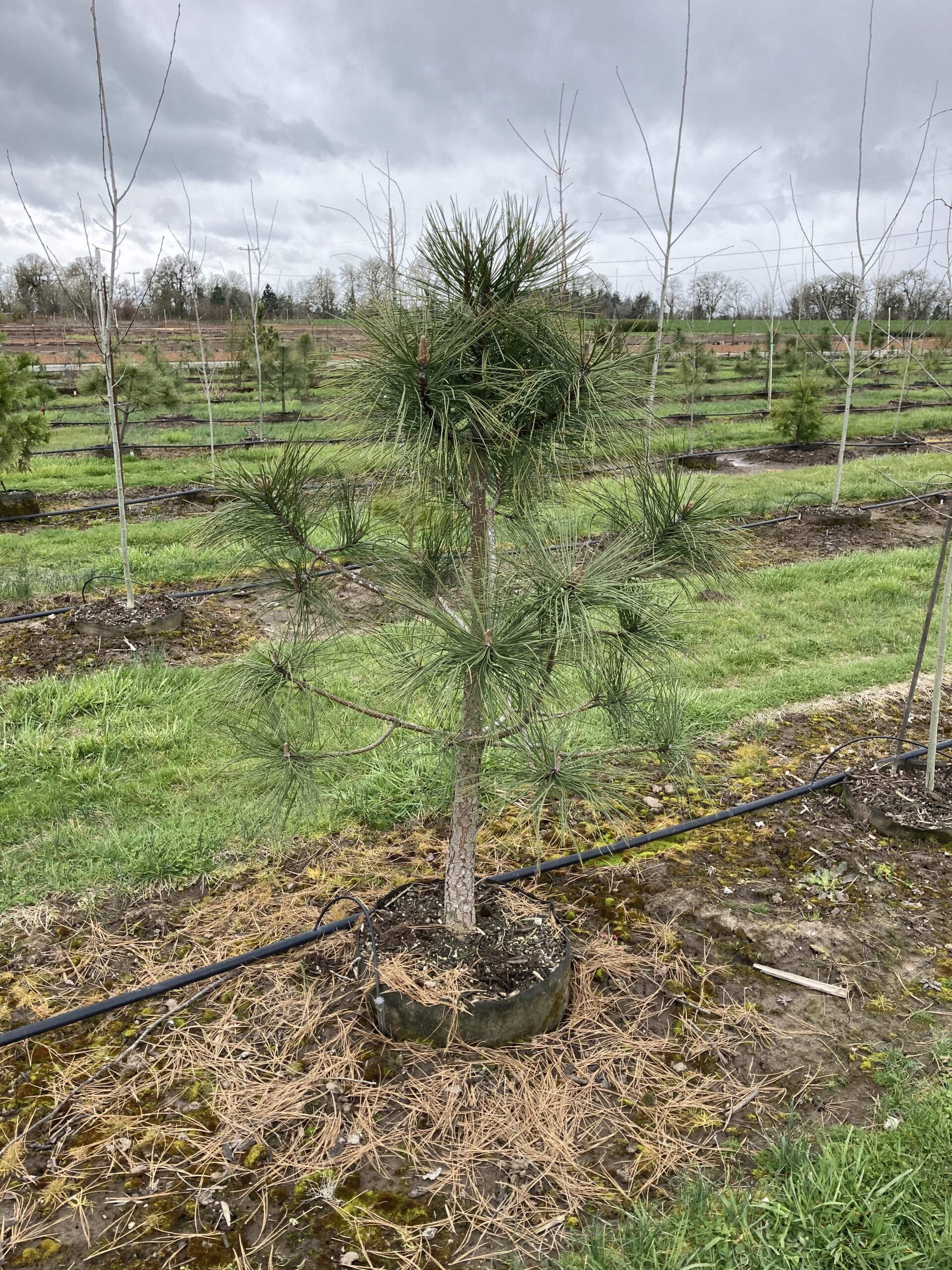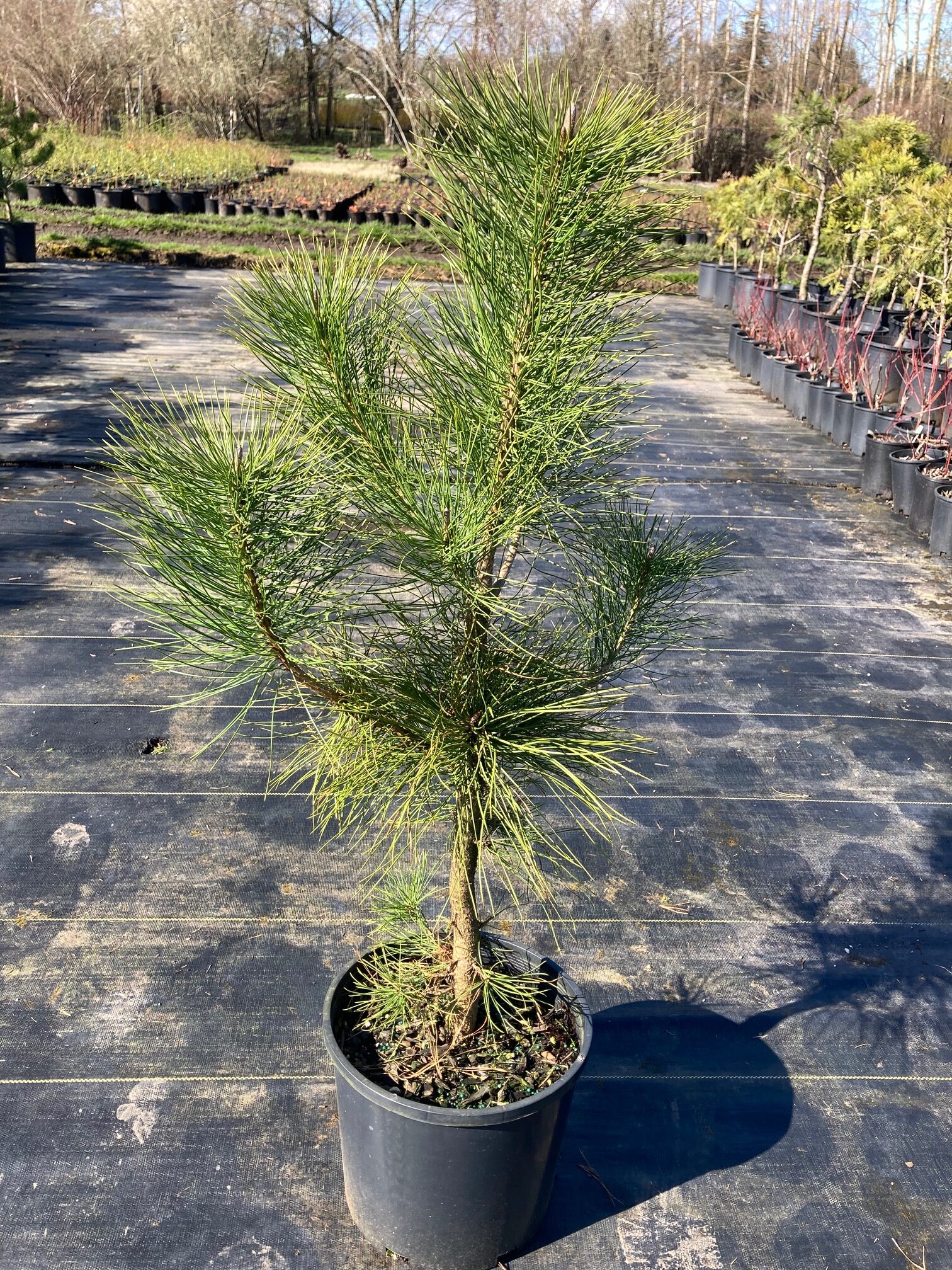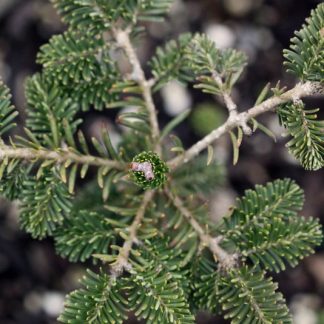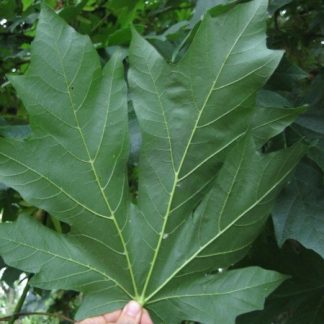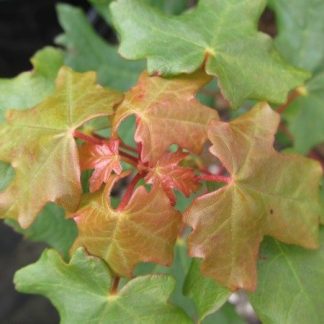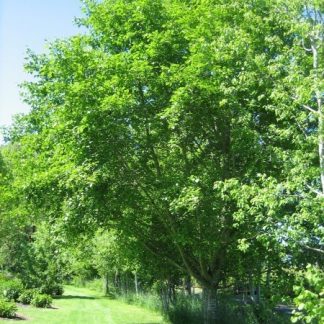Pinus ponderosa var. benthamiana (willamettensis)
Willamette Valley ponderosa pine
Habit: this species grows fast to become a tall tree with an upright habit. In the wild, it may reach over 200 feet tall, but usually only half of the size when in cultivation. It has a deep taproot system which keeps it anchored to the soil. Its bark is red brown and deeply furrowed, forming beautiful patterns of flaky irregular segments with age. Needles are glossy, yellow green to dark green and slightly longer and more lush than the eastern ponderosa pine. The tree bears barrel shaped cones, 3-6 inches in length.
Ecology: its native habitat includes upland prairies, riparian forests and oak savanna. This species is endemic to the Willamette Valley, in Oregon. It has distinct genetics from Pinus ponderosa, being more adapted to survive the soggy soils and wet weather of the Willamette Valley.
Growing conditions: enjoys full sun and moist sites and tolerates dry conditions and poor soils as well.
The Willamette Valley ponderosa pine was excessively logged by settlers when they cleared the land for residential and agricultural development. Because the tree was easily found on the Valley floor and its wood is softer and easier to mill, this species was the most utilized for timber. Wild animals that depended on the tree as a source of food and cover also suffered with its decline, having their population reduced. Today, researchers, individuals and organizations such as the Willamette Valley Ponderosa Pine Conservation Association have made efforts to preserve its genetics, promote planting and bring it to a rebound. Seven Oaks Native Nursery is a member of the WVPPCA.
Specs
Evergreen Coniferous Tree
82-230 ft (25-70 m)
25-30 ft (7.6-9.1 m)
3a to 9b

